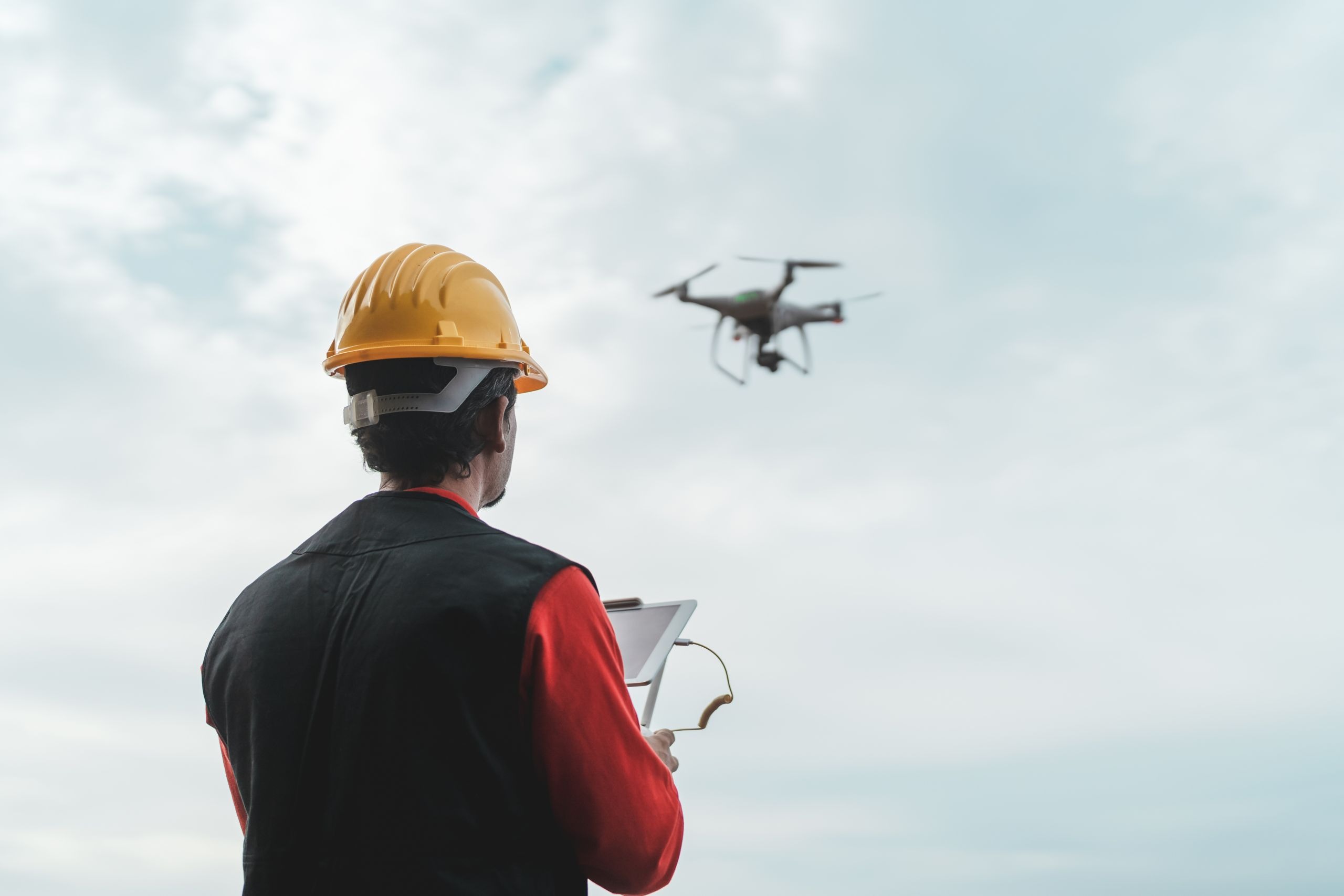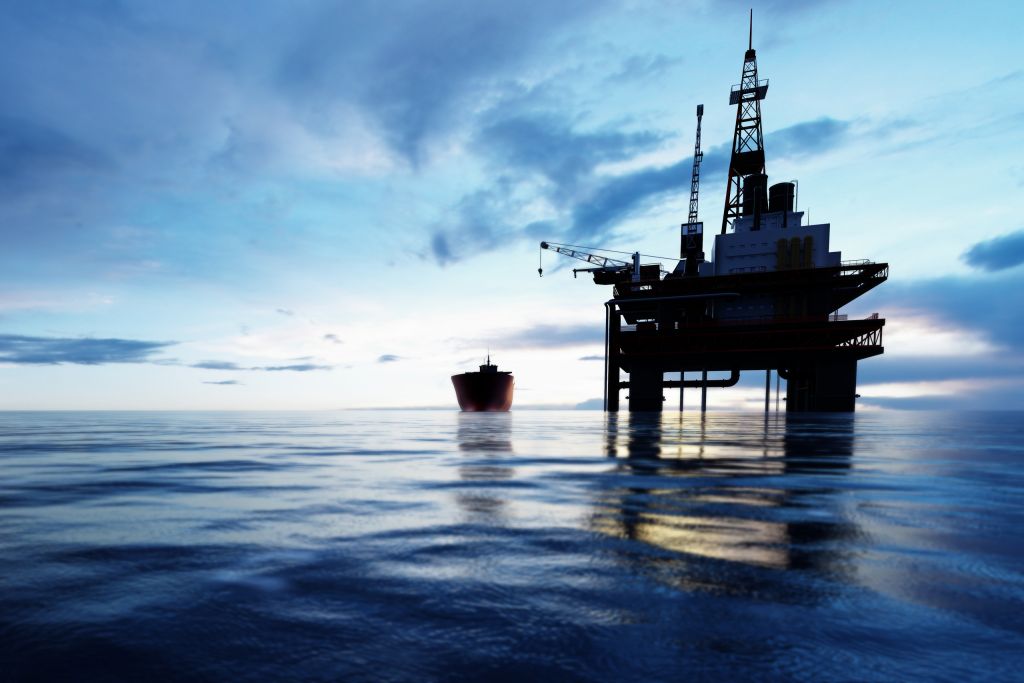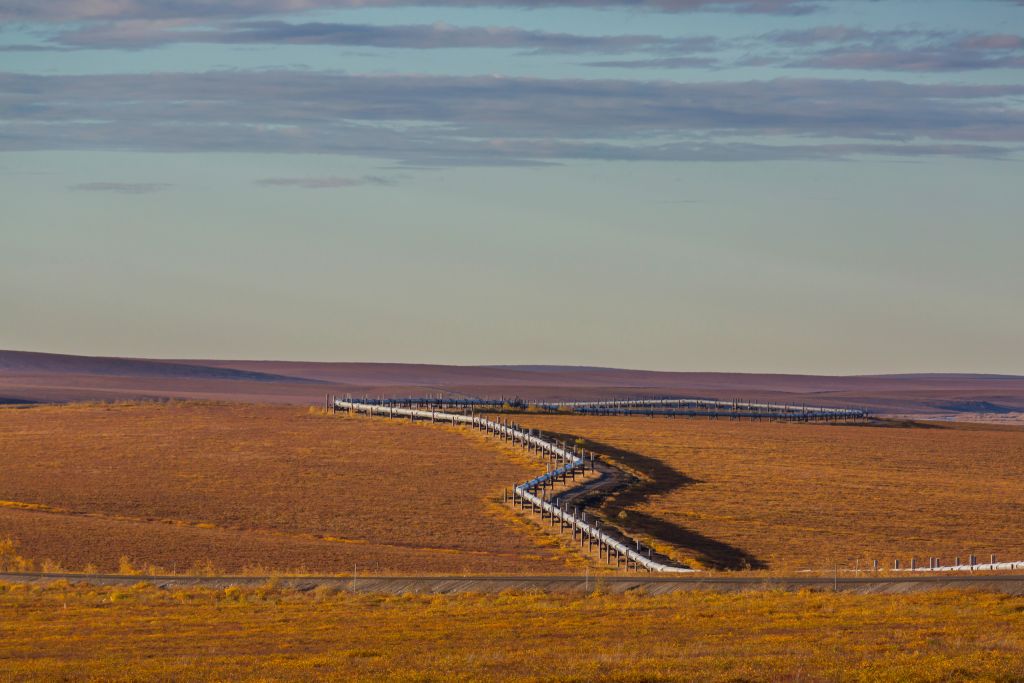Oil and gas topside maintenance managers are facing a problem: the way their team currently inspects and assesses corrosion in offshore installations is outdated, hazardous, time-consuming, and prone to human error.
With big-scale installations, visual identification of corrosion demands a lot of people on board, which is not only inconvenient but also unsafe. The good news is that the solution to this problem exists, and it involves using drones and computer vision algorithms to empower field workers to automatically detect corrosion with the support of technology.
In this blog post, we’ll explore how drones can help you unlock the potential of the oil and gas industry and revolutionize your inspections.
The Current Problem of Identifying Corrosion in Offshore Oil and Gas Installations
Visual identification of corrosion in offshore oil and gas installations is a fully manual inspection method that involves sending teams to inspect every corner of the installation, filling out paper reports, and later on generating maintenance notes. This method is not only time-consuming but also prone to human error, which can lead to costly mistakes.
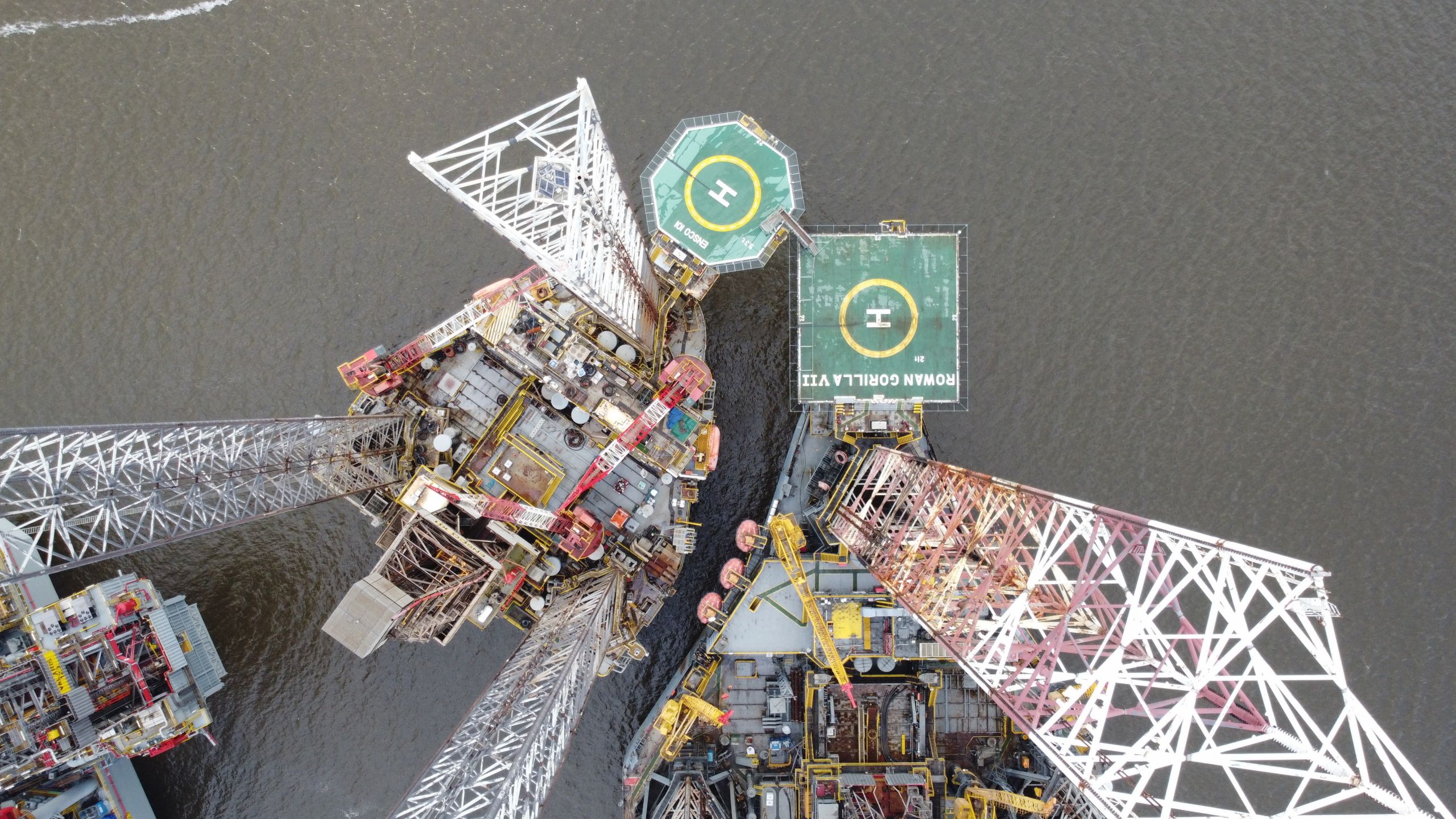
Moreover, the environment in which offshore oil and gas installations operate is inherently hazardous with the presence of toxic fluids, high-pressure valves, and explosive fluids, exposing the inspectors to various risks.
A new approach to corrosion detection: Drones and Computer Vision Algorithm
Drones and computer vision algorithms can help you solve the problem of identifying corrosion in offshore oil and gas installations. Drones equipped with high-resolution cameras can capture images of the installation from multiple angles and heights in a matter of days. These images can then be processed using computer vision algorithms, trained to detect corrosion, cracks, or other kinds of anomalies.
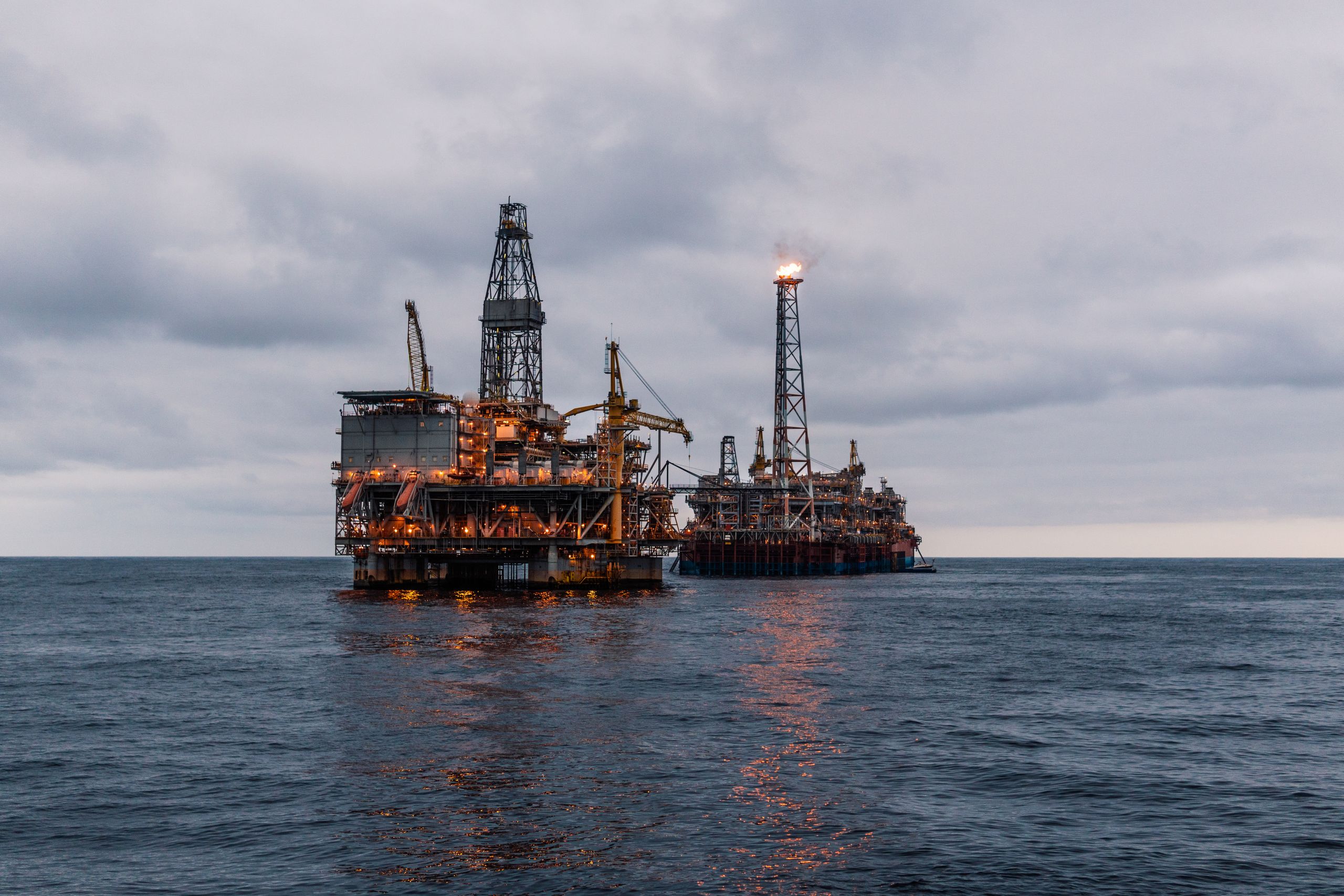
This approach reduces the need for human intervention in the inspection process, improving accuracy and reducing time and costs for diagnosing corrosion in big units such as oil and gas ones.
Benefits of Using Drones and Computer Vision Algorithms for Offshore Oil and Gas Inspections
Using drones and computer vision algorithms for offshore oil and gas inspections offers several benefits, including:
- Increased accuracy: By using drones and computer vision algorithms, you can detect corrosion, with greater precision, reducing the likelihood of costly mistakes since humans may not be able to perceive corrosion in hard-access areas.
- Reduced time and costs: Drone inspections are faster and require fewer people, which translates into cost savings for the company.
- Improved safety: By using drones, you can reduce the number of people exposed to hazardous environments and decrease the risk of accidents.
Conclusion
Manual oil and gas topside corrosion diagnoses and inspections are manual activities prone to many bottlenecks, and prone to inaccuracy. Drones and computer vision algorithms offer a solution that can improve this routine, reducing time and costs, and enhancing safety. By using drones and artificial intelligence for inspections, oil and gas companies can stay ahead of the competition and reap the benefits of new technologies without the headaches of implementation.
So, don’t wait any longer: consider implementing drone inspections in your own company and unlock the potential of the oil and gas industry
